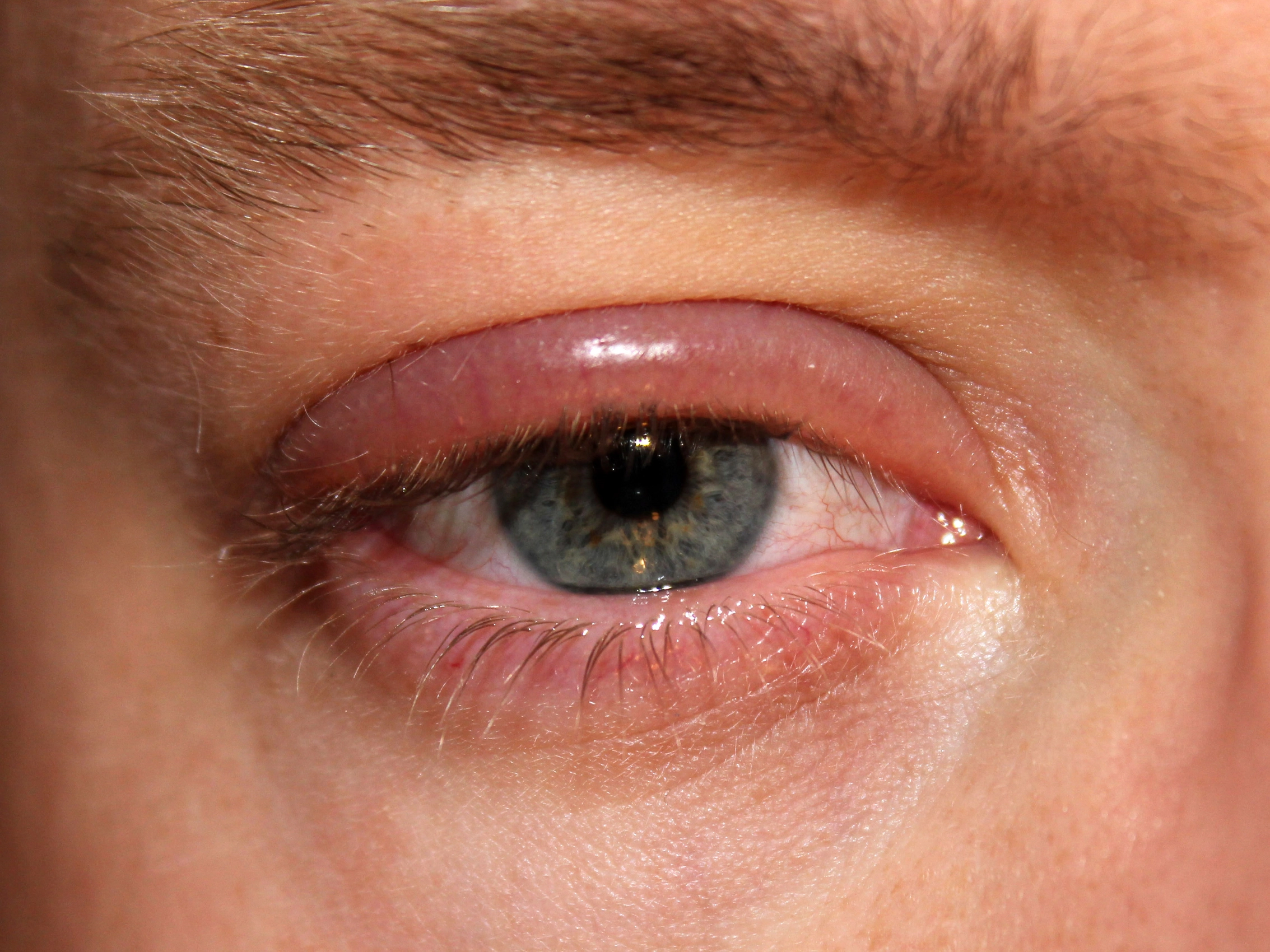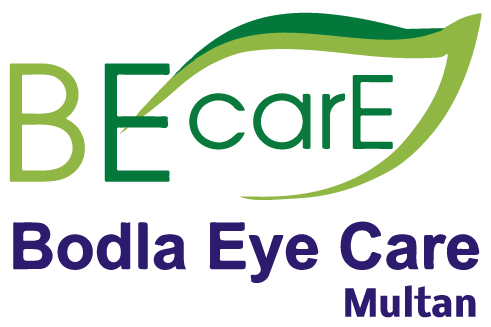
Eyelid Conditions
What is the function of the eyelid?
Your eyelids play a crucial role in protecting your ocular health.
Eyelids cover the delicate cornea. Without the eyelids, the cornea would be exposed to many harmful infections, injuries, and diseases— causing damaging effects on ocular health and vision.
Eyelids distribute and eliminate tears. When the eyelids close, they distribute tears over the eye’s surface— enabling proper lubrication of the eye. The eyelids also eliminate tears by pushing them through the lacrimal puncta into the tear duct.
Anatomically speaking, the eyelids consist of:
- An anterior layer of skin and orbicularis oculi muscle
- A posterior layer of tarsus and conjunctiva
- Several glands along the eyelid margins
Eyelid conditions
Eyelid conditions or disorders include any type of inflammation, infection, benign and malignant tumors, and structural problems. Most eyelid conditions are not sight-threatening or life-threatening. However, they do cause many uncomfortable symptoms such as pain, burning, and foreign-body sensation.
Proper treatment of eyelid conditions relies heavily on an accurate diagnosis. Treatments vary depending on the condition— some conditions may respond to warm compresses and antibiotics, while others will require excision, cryotherapy or laser treatment.
How are eyelid conditions diagnosed?
A comprehensive eye exam will provide the essential information required for an accurate diagnosis of an eyelid condition.
The following factors should be investigated during the exam:
- The duration of the problem
- A change in size or appearance of a lesion
- Recurrence of a tumor that has been treated
- History of skin cancer
Your eye doctor will examine the structure of your eyelid, and look for signs of:
- Drooping
- Excess tissue
- Retraction problems
- Lesions
- Inward/outward turning
- Excessive tearing
- Misdirected eyelashes
Eyelid conditions are categorized into two different types:
- Inflammatory eyelid disorders
- Mechanical eyelid disorders
Inflammatory eyelid disorders
Blepharitis
One of the most common eyelid problems is blepharitis, or inflammation of the eyelid margin. This condition is caused by oil and bacteria that coat the edge of the eyelid, near the base of the eyelashes.
Symptoms include:
- Redness
- Itching
- Burning
- Tearing
- Crusting around eyes
- Foriegn body sensation
Blepharitis can often lead to a stye or a chalazion.
Blepharitis treatment often includes: applying warm compresses, cleaning your eyelids with a moist washcloth and baby shampoo, and applying antibiotic ointment.
Blepharitis is a chronic condition— eyelid hygiene may need to be continued indefinitely.
Meibomianitis
Meibomianitis, or posterior blepharitis, occurs when the oil glands at the base of the eyelashes become clogged— causing the eyelid to thicken and become crusty. Meibomianitis treatment is similar to blepharitis treatment.
Lacrimal duct obstruction
The lacrimal duct is responsible for draining tears from your eyes into your nose. When it becomes blocked, inflammation or infection can occur.
Common symptoms include:
- Irritation
- Burning
- Itching
- Tearing
Many obstructions clear on their own, but warm compresses or a gentle massage to help clear the blockage, can speed up the healing process. Topical or oral antibiotics may be prescribed to treat an infection. If all other treatments are ineffective, surgery may be recommended as a last resort.
Chalazion
A chalazion is a lump that forms under the skin of the eyelid. It can develop when the meibomian gland becomes obstructed or inflamed, causing a release of the gland’s contents into the surrounding soft tissue. This in turn, leads to a lipogranulomatosis reaction, causing a lump to form. When the chalazion begins to develop, it may be tender to touch, though it typically evolves into a non-tender lump.
In some cases, a secondary infection occurs within the chalazion.
Treatment includes warm compresses, and topical antibiotics if signs of infection are present. If the lesion persists, it may be surgically removed.
Stye/hordeolum
A stye, or hordeolum, is a red, sensitive bump that appears on the edge of the eyelid as a result of a bacterial infection of an oil gland, sweat gland, or hair follicle. An internal stye is caused by an infection of the meibomian gland and may evolve into a chalazion. An external stye is caused by an infection of the glands located anterior to the lash line.
Styes usually recede without treatment over time. However, applying warm, moist compresses several times per day, can help it heal faster. If you have a stye that doesn’t recede within one to two weeks, you may need to take antibiotics. Incision and drainage are required for non-resolving lesions.

